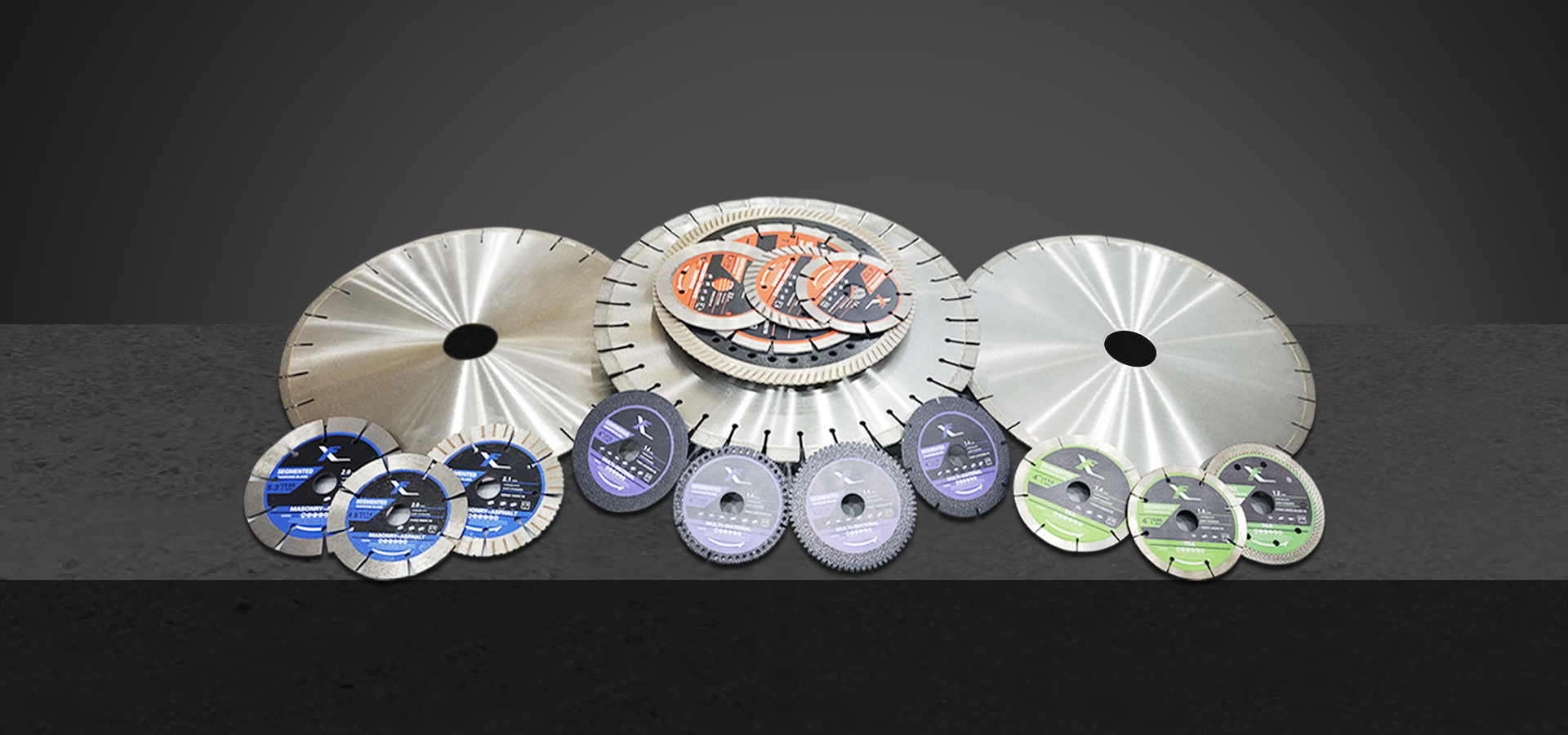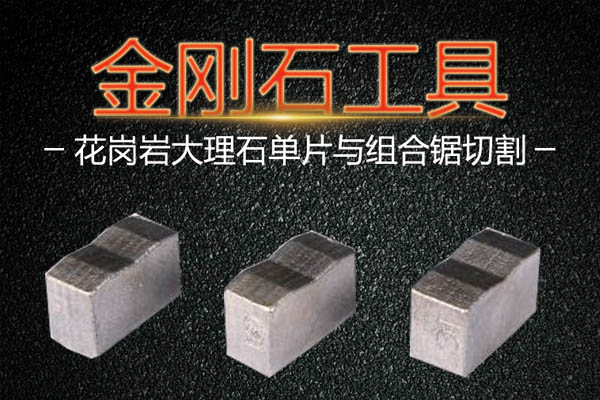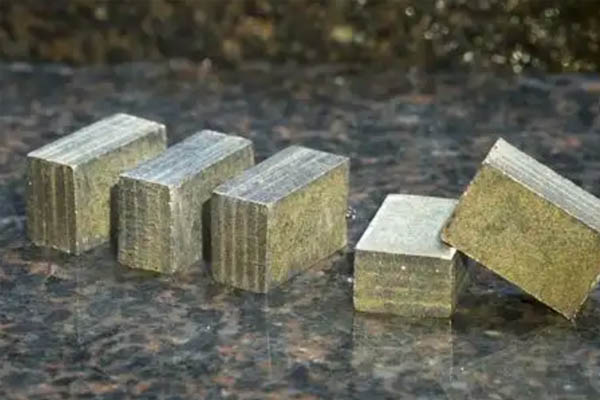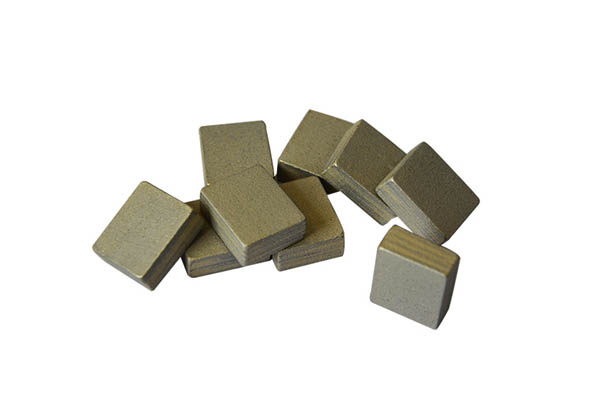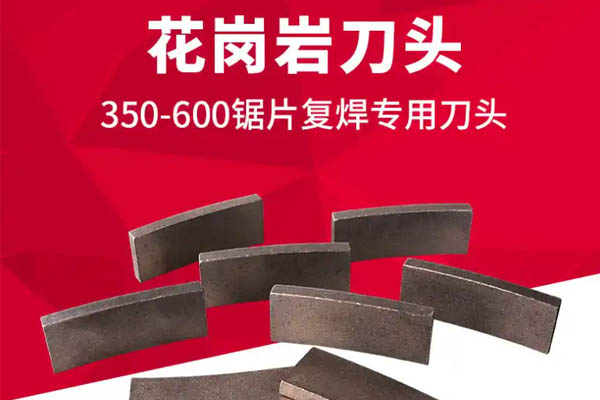Diamond saw blade in the use of a lot of skills, these skills can help us to better use diamond saw blade, next we will introduce the use of diamond saw blade skills.
1, idling: especially when the new matrix is used for the first time, it needs to idling for about 30 minutes, and the summer high temperature season also needs to idling with water, the purpose is to further eliminate the influence of welding head on the matrix, and enhance the memory of the saw blade in the high-speed rotating state to maintain the internal quality.
2, the block shall not be less than 0.5m3, and placed securely, the bottom side should be padded with square wood, solid solid, block should be located in the symmetrical position of the workbench, to ensure the stability of the work truck and block, no shaking, shaking phenomenon.
3, the use of diamond saw blade skills, according to the length, width and height of the waste to adjust the stroke switch, so that the saw blade lift and skip travel in a reliable and effective range. Before sawing, the blade edge should be 10 ~ 20mm away from the height of the waste material. After sawing, the saw edge should be 20-40mm away from the bottom of the waste material, and before the saw blade runs around the tool holder, the saw blade should be completely removed from the waste material saw edge, and the distance should not be less than 150-200mm to prevent the saw blade from impacting the waste material.4, the saw blade idling stability can be tested cutting, do not start the saw blade when the cutting edge is in contact with the waste material, do not stop the saw blade rotation during cutting, must exit the saw edge before stopping.
5, when cutting, if it is found that the block has shaking, it should immediately stop cutting, and can continue to work until the block is fixed firmly. During cutting, do not move the block arbitrarily.
6. When cutting, the saw blade is found to have obvious deceleration or even clamping phenomenon, which may be caused by belt slip, loose pressing nut or too large cutting depth, too fast cutting speed, etc., which should be adjusted in time.
7, the line speed should be adapted to the hardness and wear resistance of the processed stone, it is recommended to choose the following table line speed cutting different types of stone.
Tip: When the online speed is not high, increasing the cutting efficiency will reduce the life of the saw blade.
8, the use of diamond blade skills, feed speed, mainly depends on the performance of processing materials, for each material when the cutting depth must have a certain range of feed speed, if the speed is too high, it will speed up diamond wear and even fall off, resulting in saw blade consumption too fast, if the speed is too low, it will make the saw blade self-sharpening process can not proceed normally, Thus "blunt, slip" to lose the ability to cut. Under normal circumstances, the feed speed should be slow when cutting, and it should be uniform when sawing. For common typical materials, when the cutting depth is 20mm, the following feed velocity table is recommended for your reference. When the thickness changes, the cutting speed can be converted according to the cutting area (cm2 / min).
9, the use of diamond saw blade skills, cutting depth for medium hardness stone such as marble, limestone can be cut through, for hard stone and abrasive large such as granite, sandstone should be cut step by step, single saw cutting granite, knife depth is generally 10-20mm, cutting marble knife depth is 50-100mm, Multiple pieces of double-sided cutting hard granite, each cutting depth of 3-5mm, should be based on the hardness of the stone, the use of saw blade and saw machine performance, recommended the following efficiency table for your reference.
10, te saw blade rotation direction and the stone feed direction is the same as the cutting, and the reverse cutting, and the reverse cutting, because there is an upward vertical component, forming the potential to lift the stone, therefore, in order to stabilize the stone, under the same conditions, should try to use the straight cutting. When the inverse cutting is used, the cutting depth should be reduced, generally reduced to 1/3-1/2 of the straight cutting.

